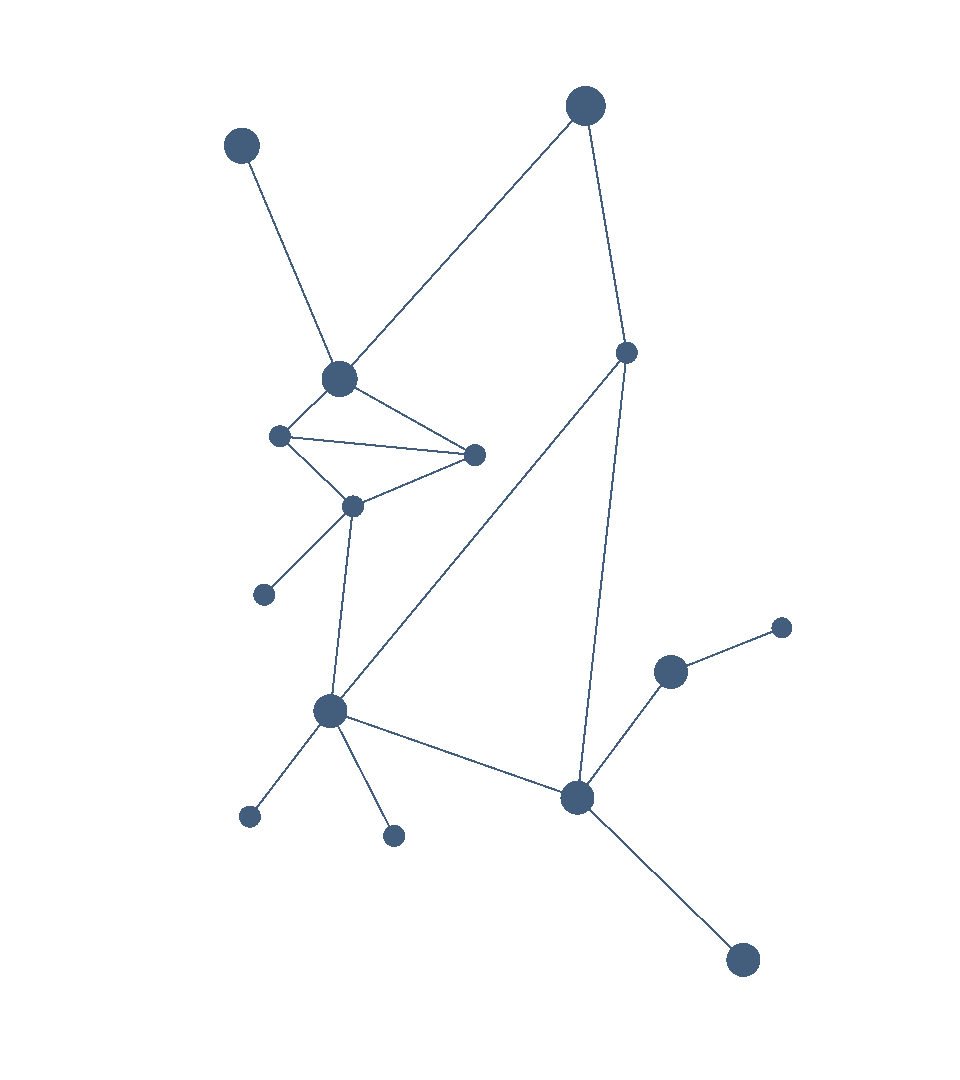Utility companies increasingly are attempting to persuade their customers to adopt products and services associated with smart grid investments. And they are finding that in order to effectively provide these products and services they must have a certain level of intelligence about their customers. At traditional utilities, this type of business intelligence has been historically limited. But since the inception of competitive markets in Texas, for instance, customer business intelligence has been practically mandatory for retail providers of energy. Why can’t traditional utilities learn how to obtain this intelligence by examining how retailers manage it?
I had this question in mind when I recently approached Kevin Chase, chief information officer at TXU Energy. In 2007 TXU Energy became a retail provider of electricity without any electrical distribution or production assets as a result of the purchase of its parent company by private equity firms KKR, TPG Capital and Goldman Sachs. As part of the buyout, the electric distribution part of the company is now called Oncor Electric Delivery, the electric generation business is called Luminant and TXU Energy became solely a retail provider.
I asked Chase how the business intelligence needs of a competitive retailer differ from that of a traditional utility. According to Chase, traditional, fully integrated utilities “own” the premise, the meter, the transmission to the meter and the generation that gets the power to the meter. “So, when traditional utilities think about business intelligence, it’s the full stack: efficiency, quality of service, reliability of service, and the customer care aspect. But the customer care aspect tends to be a very premise-centric view,” Chase said.
For retail markets it is the exact reverse, and business intelligence must be very focused. “It must be a very customer-centric perspective, as our footprint is the entire state of Texas that encompasses the Electric Reliability Council of Texas (ERCOT) footprint,” said Chase. “So for us, any customer that is in ERCOT is a viable customer for us. We need to make sure that we have the full end-to-end view of our ability to serve that customer as one or more than one premise. From a business intelligence perspective, we need to have reconciliation in terms of who is that customer, where are they being served in the state and are we effectively serving them in the way that they want to be [served].”
TXU Energy recently selected a business intelligence solution from Vitria to enable the company to have that full end-to-end view. “There’s so many `gates’ you have to go through in the Texas market,” Chase said. There are door-to-door channels (a common process in Texas to acquire customers), the hand-off from there into your internal customer information system platform, enrollment, getting the transactions out to the market, getting confirmation back, getting your bill print vendor to get a welcome kit out to the customer, Chase explained.
“There are a lot of potential points of failure, and it’s important to have an integrated view of whether there are any failures occurring for each individual customer,” Chase continued. “If so, where did it occur, and what actions did we take in order to get that failure resolved so that the customer doesn’t feel any pain at all. That, at the end of the day, is our goal. We don’t want the customer to be delayed with getting their power turned on. We want the customer to feel a seamless result from the time they requested being enrolled to the time they actually got turned on and the time they got their first bill.”
Prior to the implementation of the business intelligence solution the process Chase articulated had been a very manual activity that involved trying to tie together multiple systems and to build one integrated view at TXU Energy, and it was challenging to have that view literally down to each individual customer. “So what the Vitria solution laid on top of it was a macro perspective for each gate that was that potential point of failure,” said Chase. “We integrated it back up into the business intelligence solution across each of these different platforms and rolled it up so we could see by channel – door to door, web and other channels. We can see exactly what activities are happening on a daily basis. If something results in our systems that is different than what the customer desired, we have complete visibility into that and an immediate ability to react and resolve it for the customer. The net result is the customer does not need to feel that the Texas market is very complicated. They need to feel that they made a request and that from their perspective it happened exactly as they desired. That’s the problem we are trying to solve.”
Of course a business intelligence solution does not do the job alone. It can require significant database work and additional outside data being purchased, cleansed and merged with existing customer data. However, with traditional utilities increasingly examining ways to engage their customers, the customer-centric view that business intelligence solutions can provide should be of great interest to traditional utilities.
—————————————
Christopher Perdue
Vice President, Sierra Energy Group
cperdue@energycentral.com
310.471.7396


